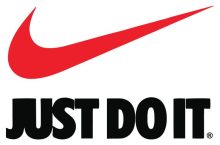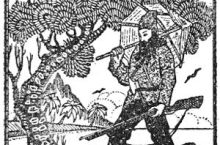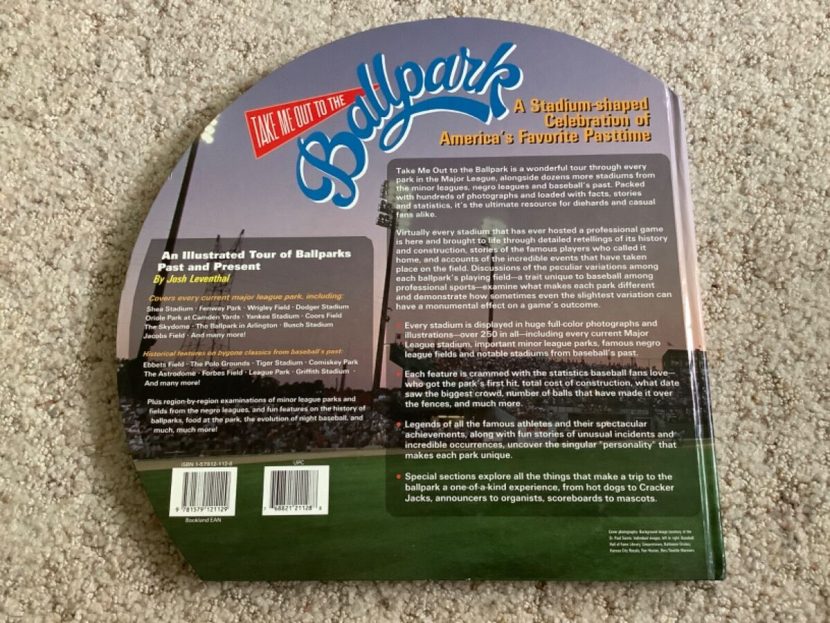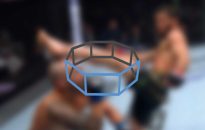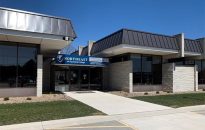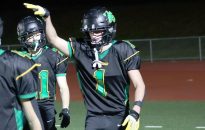As Awbrey found more minor discrepancies, his thirst for knowledge grew. This led him to libraries across Florida and Georgia to find any evidence of events at The Ballpark. However, it became a struggle to find records that dated back to the early 1900s, he said.“It was used for recreational baseball as early as 1883 […]


As Awbrey found more minor discrepancies, his thirst for knowledge grew. This led him to libraries across Florida and Georgia to find any evidence of events at The Ballpark. However, it became a struggle to find records that dated back to the early 1900s, he said.“It was used for recreational baseball as early as 1883 with Gainesvile’s Oak Hall team,” he said. “And after the sports stopped the Ringling Brothers came into town in 1947.”Simmons, a lifelong resident of Porters Community and former District 1 city commissioner, overheard Awbrey’s claims and was shocked by his discoveries.Simmons understood the importance of the history to the community and asked Awbrey to help develop the marker, she said.“He has added so much to our archive through his research into local sports history and he has really become a local authority on that topic,” she said.Even through the difficulties, Awbrey managed to compile a log of significant events that took place at the venue.Beyond Porters Community, Chloe Richardson, curator of collections at Matheson Museum, said that Awbrey has been an invaluable resource to the museum’s employees and guests alike.“Gainesville has so much history under your feet, but most people don’t realize it,” he said. “I’m always learning new stuff, but this is definitely my biggest accomplishment as a history lover.”The former history teacher was inspired to look into the origins of the University of Florida football team after seeing a documentary on the University of Georgia’s sports programs, he said.Awbrey found an outlet as a volunteer at the Matheson Museum, examining farm records and preserved newspapers, he said. Eventually, he stumbled upon a photograph naming The Ballpark as the site for UF football’s early days.In February 2013, the city held an event to celebrate the marker’s unveiling in Porters Community Center.Despite the interest, Awbrey said he didn’t start his research until he moved back to Gainesville to combat boredom.Simmons agreed with Awbrey on fighting back against the state’s criticisms, believing the community deserved to be remembered for what it was, she said. The two ultimately combated the council’s demands in a war of attrition.It’s been two years since Alfred Awbrey stopped by the Porters Community Center to gaze at The Ballpark marker, picking gunk off the faded lettering as he recounted stories that were almost forgotten.While Simmons recognized her role in the marker’s creation, she said that Awbrey’s impact on the community will last for years to come.“She swore there was no way that the University of Florida played in ‘colored town’ as she called it,” he said. “What did she know anyway?”“The photo told me something was up,” he said. “This went against what the university said about Fleming Field, so I thought it was just weird.”“I heard him saying that the University of Florida played in Porters Community,” Simmons said. “He had such a powerful voice, and I’m like ‘What is he talking about?’”Before 2008, it was widely accepted that the Florida Gators football program played its inaugural seasons at Fleming Field. However, Awbrey challenged this fact, proving that the multipurpose field of The Ballpark hosted the Gators from 1906 to 1910.The final blueprint was approved in 2012, and installation began shortly after.“I used to come by more often and clean it off,” he said. “I also would check to make sure no one stole it and tossed it in a forest or something.”“We spoke, and he said he wouldn’t mind helping me with the marker to highlight the importance of the community and the great things that happen in it,” she said.Political figures attended the event, including Yvonne Hinson, who now represents part of the Gainesville area in the Florida House of Representatives.The idea was pitched to the Florida Historical Marker Council. But despite having credible information, the pair received pushback from the committee, requiring a rework of the design and text.Simmons said she got in contact with Awbrey through the Matheson Museum, where she probed him about the area’s history and invited him to give a presentation about UF and the African American teams that played in Porters Community.“The contributions that he’s made to the community and particularly the African American community is unparalleled,” she said. “Words can’t describe it.”He continued to expand his research, with one visit to Gainesville’s Headquarters Library leading to an explosive argument between Awbrey and a librarian over the Gators’ tenure in Porters Community, he said.The commotion interrupted the concentration of Gigi Simmons, who investigated the defiant shouting.“People have the right to know about their community and what it once was,” he said.
The Ballpark marker, located at the intersection of Southwest Third Street and Sixth Avenue, was unveiled with Awbrey’s help in 2013 — to commemorate the history of the land that Porters Community was founded on.“Don’t forget I’m not a Bulldog fan by any means now, but I saw the documentary and thought that it would be really cool to see the story of the Gators’ early days,” he said.“The university brought Albert and Alberta,” Simmons said. “They really embraced the history.”Even as the marker continues to weather and paint smears across its lettering, Awbrey is still proud of his work.“They wanted it to focus on the community not being an attractive community. That was not going to stand cause we wanted to highlight the facts as the facts,” she said. “It was a lengthy process, but I ultimately think the truth prevailed.”“I called a couple of places up and they said they didn’t have any records,” he said. “How is that even possible to have absolutely nothing?”“Everyone was just in awe,” Simmons said. “He is just so passionate as a historian. He energizes everyone he comes in contact with.”Awbrey’s efforts not only educated spectators about Gainesville sports but enriched the community’s history.“I needed something to do,” he said. “I just couldn’t sit home like an old person all day doing nothing.”“The event marked a moment of humanity for everyone,” Hinson said. “It made everyone proud to be Gators.”“Here you have the state trying to hide the inclusion of Black athletes and teams in a predominantly Black community,” Awbrey said. “It was ridiculous.”


